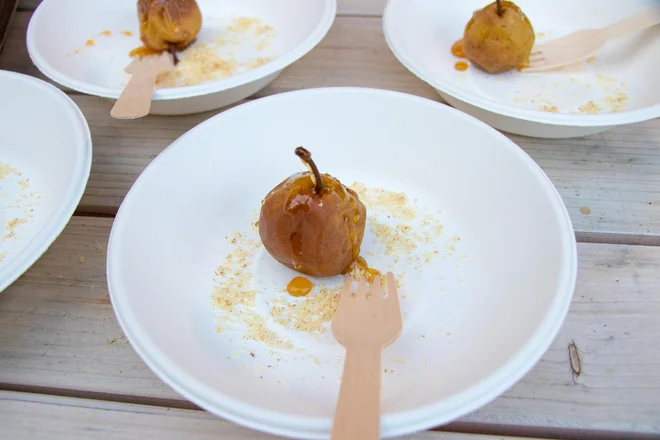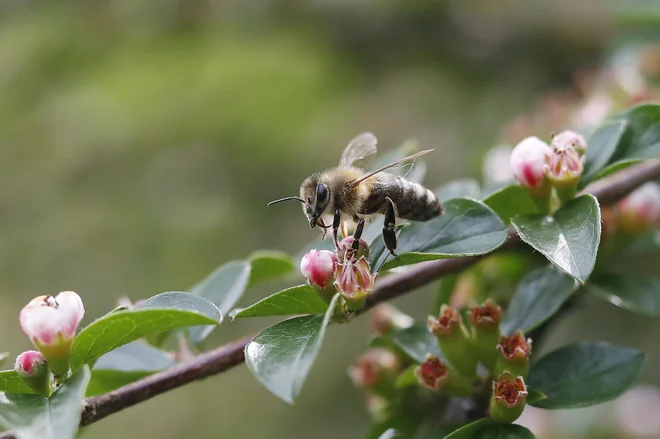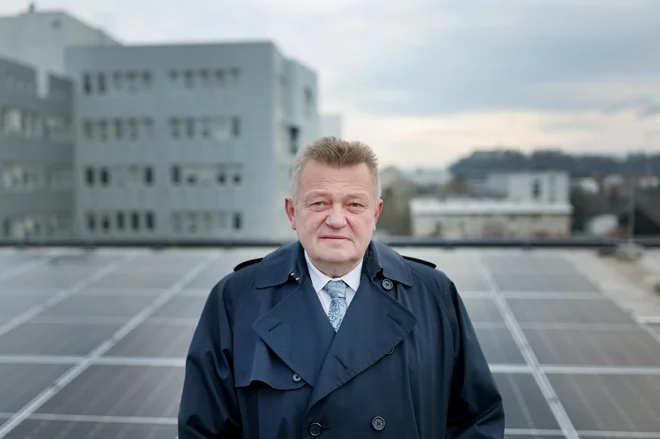Colorful bourgeois beekeeping celebrates venerable hundred years

Urban apblelocated in Idrija near the church of Sv. Trinity, is an exceptional example of a bourgeois apiary from the 20th century. This year is exactly a hundred years old – a native Franc Lapajne, a lace merchantis his production at the request of his son Petal ordered in 1925. Many domestic and foreign visitor stops at the written Krasotec.
The oldest representation of the human attitude towards bees was created 20,000 to 30,000 years ago at a spider cave near Bicarpa in the Spanish province of Valencia. An ancient drawing shows two people when robbing a bee nest.
They hang on a kind of rope or funicular, they take the bees honey, helping with smoke. Similar beekeeping in many places today, wrote on the website of the Beekeeping Association of Slovenia. Janez Poklukar.
Beekeepers are typical components of peasant architecture in our country, sometimes they stood at each farm, except that they differed between individual provinces. In some places, they have invested more work and resources, less. Few were as big and « rich » as the Idrija bourgeois beehive, which is one of the most colorful tourist attractions today.
By image from a German book
A special feature of the apiary, which was renovated and « father » over twenty years ago, is an expanded centerpiece made of mesh windows with a thin profile. Apble It was not only intended for dealing with bees, but also used by the owners, the Idrija family of Lapajne, for occasional meetings and socializing with friends and leisure. As a kind of colorful wooden room in the middle of the city, so.
The apiary was made in 1925 by a carpenter Joze Kendaand was made in the image of a German expert beekeeping book published in 1910. The members of the Lapajne family owned it until the end of World War II, and then until 80, their relatives took care of it.
World Bee Day is marked on May 20. Photo: Gregor Kacin
Then he was eaten by a tooth of time until they decided to restore it in the municipality of Idrija. The renovation was run between January and December 2013 Martin Kolenc and with the architect Cvet Cornerlocal performers and volunteers from the Idrija Beekeeping Society also successfully completed. In May 2014, bees came to life in the apiary.
Eleven hives are new and as many as the elderly or restored. Strong art value and message carry both original paintings on the hives of the painter and sculptor Nikolai Pirnat from 1925 as a contemporary painter Danila Jereba.
The intertwining of the traditions of kneeling and beekeeping
How many people stop at the apiary today is not clear, as they do not monitor the visit of this attraction in the Idrija institutions, but it is worth some additional steps if one is already in a hurry in the city. Many immediately notice that it is much larger than others in different Slovenian places.
Beekeepers from the beginning of the 20th century were smaller, and the well -received Idrija family of Lapajne was able to afford some more comfort and invest additional resources into the facility. They used more expensive, higher quality materials for construction and built concrete foundations on which they laid a wooden structure.

There are more than a hundred beekeeping societies across Slovenia. Photo: Leon Vidic/Work
Before the renovation, the apiary showed a piano appearance, and after December 2013 it shone. His 100th anniversary will be the central thread of this year, already 43. The Idrija Lace Festival, which will take place between 13 and 15 under the slogan « Honey Ballet ». The organizers will link the rich tradition of kneeling with beekeeping heritage. July Lapajnea relative of Peter Lapajnet, was an active beekeeper and one of the founders of the Idrija Beekeeping Society, which this year celebrates the 45th anniversary.
As part of the festival, as they wrote at the Idrija Institute for Tourism, beekeepers will prepare a solemn academy, a tasting of honey, a lecture on its beneficial effects, and a creative family workshop of drawing hive endings and the production of wax candles. Part of the program will also be a guided tour of the city apiary.








